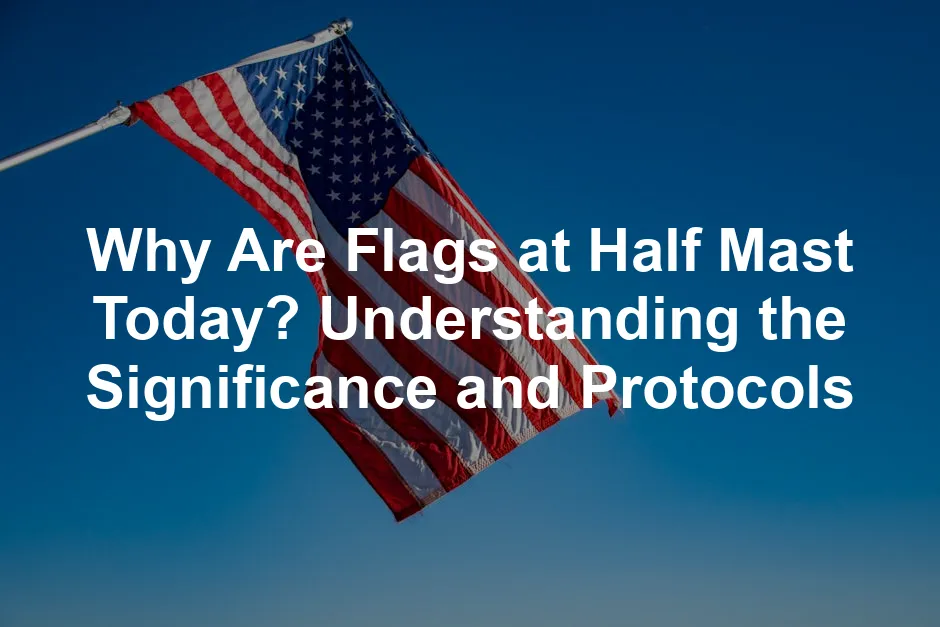
Why Are Flags at Half Mast Today? Understanding the Significance and Protocols
Introduction
In a world where flags often symbolize national pride and identity, the sight of a flag flying at half-mast evokes a profound sense of respect and mourning. But why do we lower flags, and more importantly, why are they at half-mast today? From commemorating national tragedies to honoring the lives of distinguished individuals, this practice is steeped in history and protocol.
Flags at half-mast signify collective sorrow. They remind us of the shared grief that transcends individual experiences. Each time a flag is lowered, it represents more than just a piece of fabric; it embodies the spirit of remembrance and respect for those who have passed.
Today, flags may be lowered for various reasons. Perhaps a beloved public figure has died, or a tragic event has occurred, prompting a national day of mourning. Understanding the specific events that lead to this poignant gesture is essential.
In this article, we will discuss the reasons behind the half-mast tradition, explore the specific events that prompt this gesture, and guide you on how to stay updated about flag status across the United States and beyond. So, whether you’ve noticed the somber display outside a government building or want to understand the significance of this practice, you’ve come to the right place!
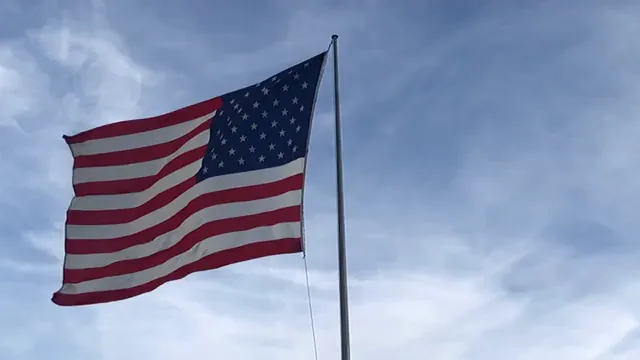
Summary of Key Points
- Definition of Half-Mast: The term refers to the position of a flag that is lowered to signify mourning or respect, typically flown half the distance from the top of the flagpole to the ground.
- Historical Context: The practice dates back centuries, with roots in maritime traditions, evolving into a national standard across various countries.
- Reasons for Half-Mast: Common reasons include memorials for fallen soldiers, public figures, tragic events, and national observances.
- Recent Examples: We will highlight recent proclamations from various states, including honors for local heroes, state officials, and national tragedies.
- Legal Framework: Understanding the legal guidelines that dictate when and how flags should be displayed at half-mast, including federal laws and state-specific regulations.
- How to Stay Informed: Resources for citizens to receive notifications about flag status, including websites, local news, and government announcements.
- Community Impact: The importance of community participation and the emotional significance of lowering flags in collective mourning.

The Meaning Behind Half-Mast Flags
Definition and Origins
Flags at half-mast indicate mourning or respect. This position is typically set halfway down the flagpole. The term “half-mast” finds its roots in maritime traditions. Sailors used this gesture to signal their grief over a loss. When a ship lost a captain or a crew member, they would lower their flag to show remembrance. This solemn practice eventually made its way to land, becoming a universal symbol of respect and mourning.
The tradition has evolved through centuries and now spans many countries. While maritime origins played a crucial role, various cultures have adopted half-mast as a way to honor the deceased. When flags fly low, they remind us of our shared humanity. This act transcends borders and connects us all in collective mourning.

Reasons for Flags Being at Half-Mast
National Tragedies
Flags often fly at half-mast following national tragedies. Events like the September 11 attacks evoke profound sorrow. The U.S. observes Patriot Day every year on September 11. This day honors those who lost their lives during the attacks in 2001. Similarly, mass shootings and natural disasters prompt flag lowering. Each instance serves as a reminder of the lives lost and the community’s grief.
When disasters strike, flags at half-mast symbolize solidarity. They communicate a collective mourning, uniting people in shared sorrow. It’s a poignant reminder that we are all in this together. This practice allows the nation to pause and reflect on the impact of such tragedies.

Honoring Individuals
Flags are also lowered to honor the lives of distinguished individuals. The death of public officials often prompts this gesture. For instance, when a military member dies in service, flags are routinely lowered. This honors their sacrifice and commitment. Community leaders and local heroes receive similar recognition. Their contributions to society are acknowledged through this solemn act.
In addition, when notable figures pass away, flags at half-mast signify respect. It represents the community’s gratitude for their service and legacy. From politicians to activists, each lowered flag tells a story. It’s a way to remember those who made a difference in our lives.
To properly display your flag during these solemn times, consider investing in a quality American Flag – 3×5 ft. It’s essential to have a durable flag that withstands the elements while honoring those we remember.

Special Observances
Certain national days prompt flags to be flown at half-mast. Memorial Day is one such occasion. It honors the sacrifice of military personnel who died while serving. On this day, flags are lowered as a tribute to their bravery. Independence Day also sees flags at half-mast in some areas. This is a time to reflect on the freedoms secured by those who fought for our nation.
Local observances may also call for flag lowering. Events like Firefighters’ Memorial Day allow communities to pay tribute to fallen heroes. Each occasion highlights the importance of remembrance. Flags at half-mast serve as a visual reminder to honor the past while looking toward the future.
For those who want to commemorate such occasions in style, a Memorial Day Tribute Candle can add a beautiful touch to your remembrance ceremonies.
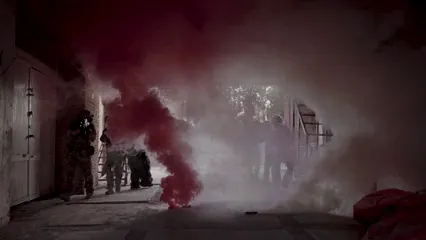
In summary, flags at half-mast represent a powerful symbol of respect and mourning. They remind us of our shared humanity. Whether in response to tragedies, honoring individuals, or during special observances, this practice remains significant. The next time you see a flag flying low, remember the stories it tells and the lives it honors.
Legal Guidelines for Flag Display
Federal Regulations
In the United States, flag display regulations are governed by the U.S. Flag Code. This code offers a comprehensive set of guidelines for the proper display and handling of the American flag. It outlines the protocol for instances when the flag should be flown at half-mast, signifying mourning or respect.
The Flag Code was enacted in 1942 but has undergone several amendments since then. Notably, Public Law 107-89 established September 11 as Patriot Day. This law requests that the President issue proclamations for flags to be flown at half-mast on this day. It serves as a solemn reminder of the lives lost during the 9/11 attacks, linking the act of lowering the flag with national remembrance.
The guidelines dictate that the flag should be raised to full staff before being lowered to half-mast. This process underscores the respect owed to those being honored. Moreover, the flag should be returned to full staff at sunset, completing the cycle of respect.
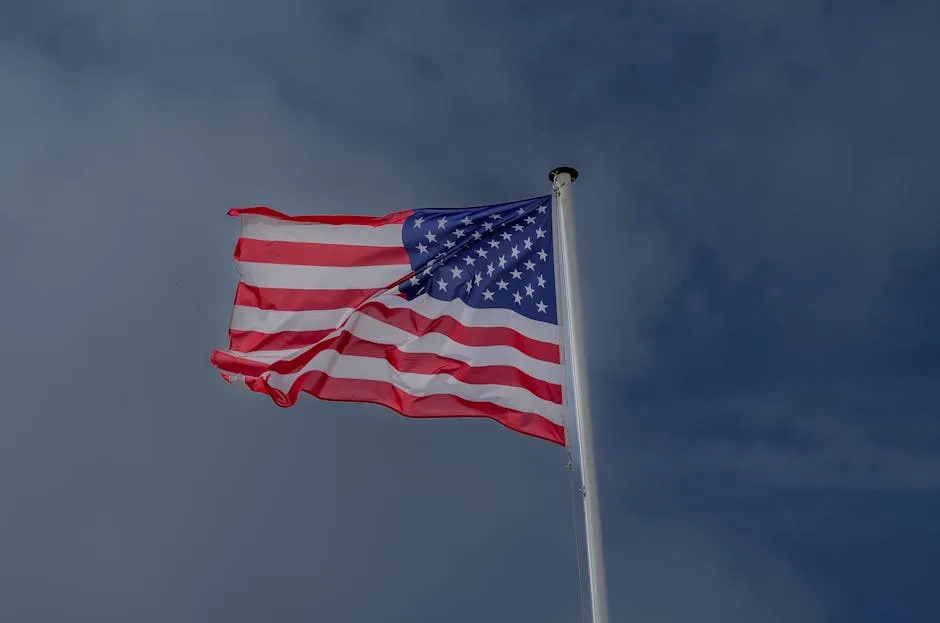
State Regulations
Governors have the authority to order flags to be flown at half-mast within their respective states. For example, Massachusetts Governor Maura Healey has recently ordered flags to be lowered in honor of local heroes. Similarly, California’s Governor has mandated flag lowering in response to tragic events within the state.
Local ordinances may also dictate flag display protocols. For instance, various counties or municipalities might have specific days designated for flag lowering to honor local figures or significant anniversaries. These regulations ensure that communities can acknowledge their unique histories and the individuals who have impacted their lives.
Each state’s governor typically issues executive orders regarding flag display. These orders can be found on state government websites, making it easy for citizens to stay informed. By checking these resources, residents can see if flags should be at half-mast and for what reason.

Enforcement and Public Compliance
Encouraging public compliance is a vital part of honoring flag-lowering directives. Citizens are often urged to lower their flags at homes and businesses when the governor or president issues a proclamation. This collective action fosters a sense of unity and shared mourning.
Many states have implemented notification systems to alert residents about ongoing flag statuses. For example, in Wisconsin, the Department of Military Affairs provides updates on flag-lowering orders. Citizens can subscribe to receive these notifications directly, ensuring they remain informed about national and state observances.
Participation in this practice goes beyond just flag display; it represents a community’s collective grief and respect for those being honored. By taking part in lowering flags, individuals can express their solidarity with the nation or their local communities. This act of remembrance transforms a simple flag into a powerful symbol of unity and respect, reminding us all of the sacrifices made by others.

Recent Proclamations and Events
Case Studies of Recent Flag Lowerings
Flags at half-mast serve as a poignant reminder of loss, and their lowering is often accompanied by specific proclamations from state governors. Let’s take a look at some recent examples across the United States.
In Massachusetts, Governor Maura Healey ordered flags to be lowered in honor of local heroes who made sacrifices for their communities. This action not only pays tribute to those individuals but also fosters a sense of pride and remembrance among residents.
Conversely, in California, flags were lowered in response to tragic events, reflecting the state’s collective sorrow. Such acknowledgments are crucial in helping communities heal and remember those lost.

National observances also prompt flag lowering. For instance, Patriot Day, observed each September 11, is a day of reflection on the lives lost during the 9/11 terrorist attacks. On this day, flags across the nation are flown at half-mast as a united gesture of remembrance.
To complement these observances, consider reading a 9/11 Memorial Photo Book to honor those who lost their lives and to understand the impact of that day.
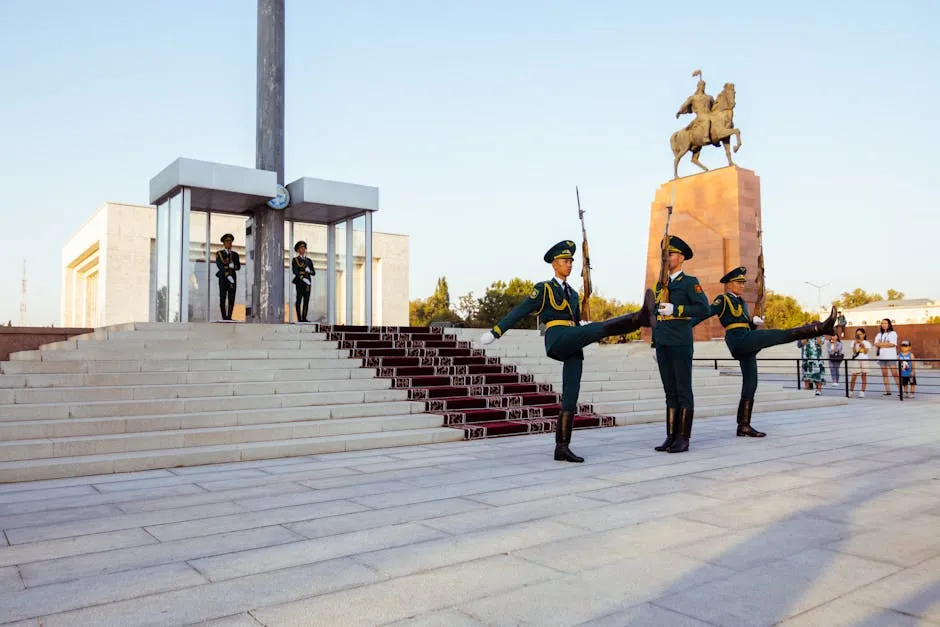
Community Involvement
Community participation is vital during these moments of collective mourning. When citizens lower their flags, it fosters a strong sense of unity. These actions remind us that we are all part of something larger—our shared humanity.
Local organizations and schools often take part in flag-lowering ceremonies, enhancing the impact of these observances. Such community involvement not only honors those who have passed but also strengthens the bonds within neighborhoods and towns.
Flag-lowering events encourage discussions about loss and remembrance, allowing individuals to share stories and experiences. This process ultimately helps communities process grief together. When flags are flown at half-mast, they symbolize not just sorrow but also the resilience of communities that come together to support one another in difficult times.

How to Stay Updated on Flag Status
Keeping track of when flags are flown at half-mast can be tricky. Luckily, there are several reliable resources to help you stay informed.
Official Notifications
Start by checking state government websites. Most states maintain a dedicated section for flag status updates. For instance, sites like Half Staff.org provide timely notifications about when and why flags are lowered. You can find information on national observances, local proclamations, and specific events that warrant this gesture. Additionally, subscribing to state government newsletters can ensure you receive the latest updates directly to your inbox.
Another great resource is the local news. Many news outlets report on flag status changes, especially during significant events. Following them helps you stay connected with your community’s commemorative practices.

Mobile Apps and Alerts
If you prefer a more immediate approach, consider downloading flag status apps. One popular choice is the “Half Staff” app, which can send you notifications whenever flags are lowered in your area. You can customize alerts based on your preferences, ensuring you never miss an important observance.
Another option is to sign up for SMS alerts. Some states, like Wisconsin, offer services where you can receive text updates about flag statuses. Simply text the designated keyword, like “WIDMA FLAG,” to get notifications straight to your phone.
Finally, check for social media pages dedicated to flag observances. Many state governors or local municipalities share updates via Twitter or Facebook. Following these accounts provides a quick and easy way to stay in the loop.
By utilizing these resources, you can easily stay updated on flag statuses. Whether you’re looking to honor individuals or participate in community events, knowing when flags are at half-mast fosters a deeper connection to national and local commemorations.

The Emotional and Social Impact of Flag Lowering
Lowering flags to half-mast carries significant emotional weight. It’s a gesture that fosters community solidarity, helping us navigate collective grief.
Community Solidarity
When flags are lowered, it creates a palpable sense of unity. This simple act signals to everyone that we share in the mourning of those lost. It reminds us that we are part of something larger than ourselves. This shared experience can be comforting during times of loss. People come together, often engaging in conversations about the impact of the event that prompted the lowering.
For instance, during national tragedies, communities gather to reflect on the lives lost and how those events shaped their lives. Town halls, vigils, or even informal gatherings can emerge, allowing people to share their feelings and support one another. This collective mourning reinforces social bonds, making us feel less isolated in our grief.

Personal Stories
Personal anecdotes often illustrate the emotional significance of flag-lowering. Take, for example, a veteran who recalls the day flags were lowered in memory of fallen soldiers. For him, it wasn’t just a matter of protocol; it was a moment of profound reflection. He shared how seeing the flag at half-mast filled him with both pride and sadness, reminding him of comrades who made the ultimate sacrifice.
Another story comes from a teacher who spoke about her students during a national observance. She explained how explaining the significance of the half-mast flag became a lesson in empathy and respect. Her students understood that the flag represented lives lost, fostering a sense of responsibility to honor those individuals.
These narratives highlight how flag-lowering transcends mere symbolism. It connects us on a human level, allowing for shared experiences of sorrow and remembrance. Ultimately, the act of lowering flags creates opportunities for dialogue and reflection, reinforcing the ties that bind us together as a community.
Conclusion
In conclusion, the act of lowering flags to half-mast is a powerful gesture that transcends mere symbolism. It serves as a reminder of our shared humanity and the collective grief we experience during times of loss. When flags fly low, they resonate with respect and honor for those we’ve lost, whether they are national heroes or community leaders.
Understanding the protocols behind this practice enhances our respect for the memories celebrated. Each time a flag is lowered, it invites us to reflect, remember, and connect with the stories of those who have passed. It’s a simple yet profound way to acknowledge the impact these individuals had on our lives and society.
So the next time you see a flag fluttering at half-mast, take a moment to pause. Think of the lives it commemorates and the collective sorrow that unites us all. By acknowledging these moments, we strengthen our sense of community and empathy. Flags at half-mast remind us that while loss is inevitable, our ability to honor it is what binds us together.
In this shared experience of mourning, we can come together to foster healing and remembrance, ensuring that the legacies of those we honor continue to inspire future generations. If you’re looking for a way to remember loved ones while keeping the spirit alive, consider a Community Cookbook to share recipes and memories.
FAQs
1. What does it mean when flags are at half-mast?
Flags at half-mast signify mourning or respect. This practice is commonly employed to honor those who have died, especially public figures and military personnel. When flags are lowered, it reflects a collective sorrow and recognition of loss within a community or nation.
2. How can I find out if flags are at half-mast today?
To check if flags are at half-mast in your area, visit websites like Half Staff.org or your local government’s site. Many state governors provide updates on flag status through press releases or social media. You can also subscribe to alert services for timely notifications.
3. Are there specific rules for displaying flags at half-mast?
Yes, guidelines exist for when and how to display flags at half-mast. The U.S. Flag Code outlines federal regulations, while individual states may have their own protocols. Generally, flags should be raised to full staff before lowering and returned to full staff at sunset.
4. Can I lower my flag at home?
Yes, individuals are encouraged to lower their flags at home when a proclamation is made. If your state’s governor or the President issues a directive for half-mast, you can participate by lowering your flag. It’s a meaningful way to express solidarity and respect for those being honored.
Please let us know what you think about our content by leaving a comment down below!
Thank you for reading till here 🙂
Looking for the perfect way to display your flag? Check out this Flag Pole Kit – 20 ft to ensure your flag stands tall and proud.
And if you’re ever unsure about the rules of flag etiquette, a Flag Etiquette Guide can be a handy companion.
Finally, add some flair to your home with a Flag-Themed Decorative Pillow that shows your love for the nation in a stylish way!
All images from Pexels




